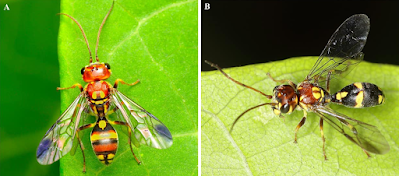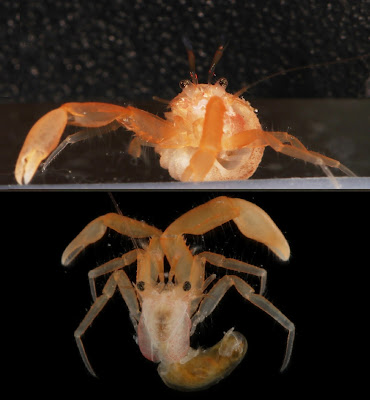 |
Rhinella bella
Menéndez-Guerrero, Lima dos Santos, Salazar-Nicholls, Green & Ron, 2024
|
Abstract
The mainly Mesoamerican cane toad, Rhinella horribilis, is the northernmost species in the Rhinella marina species group of giant or cane toads, occupying an extensive range west of the Andean Cordillera from Ecuador north to southern Texas. However, a thorough assessment of geographic variation among R. horribilis populations, and of the phylogenetic relationships of the R. marina species complex, indicates previously unsuspected diversity within this species as currently recognized. Specifically, we evaluated whether toad populations from western Ecuador represent an evolutionary lineage distinct from the rest of R. horribilis based on extensive specimen collections and the combined evidence of mtDNA sequence variation, morphological, bioacoustics, and environmental information. Our results revealed that populations west of the Ecuadorian Andes constitute a well-supported, monophyletic clade that is distinctly different genetically, morphologically, acoustically, and ecologically from a sister taxon composed of R. horribilis populations from Central America and from populations ascribable to R. marina s.s. from the Amazon Basin of Ecuador and other countries. The weight of evidence confirms a new species (R. bella sp. nov.), described here, adding to our understanding of biogeographic relationships in this widespread clade of Neotropical toads. The new species name means ‘beautiful’ in Latin, in contrast to its sister species, ‘horribilis’. In addition, we designate a lectotype for Bufo marinus var. fluminensis to avoid ambiguity in the applicability of that name.
amphibians, bioacoustics, divergence, geometric morphometrics, morphology, phylogeny, Rhinella marina, species delineation, systematics
Rhinella bella sp. nov.
Pablo A Menéndez-Guerrero, Sueny P Lima dos Santos, María-José Salazar-Nicholls, David M Green and Santiago R Ron. 2024. Cryptic Diversity in Toads of the
Rhinella marina species group (Anura, Bufonidae) with a subjectively beautiful new species from Western Ecuador.
Zoological Journal of the Linnean Society. zlad197. DOI:
10.1093/zoolinnean/zlad197














































